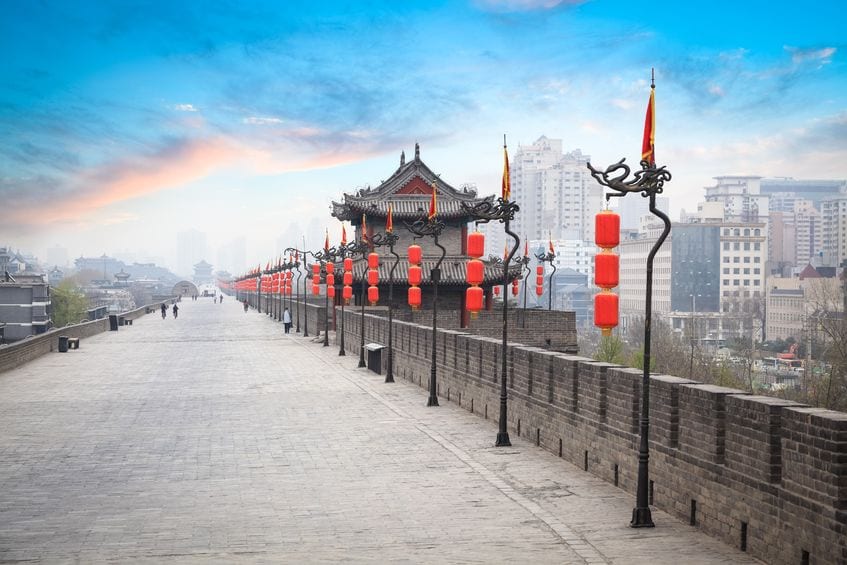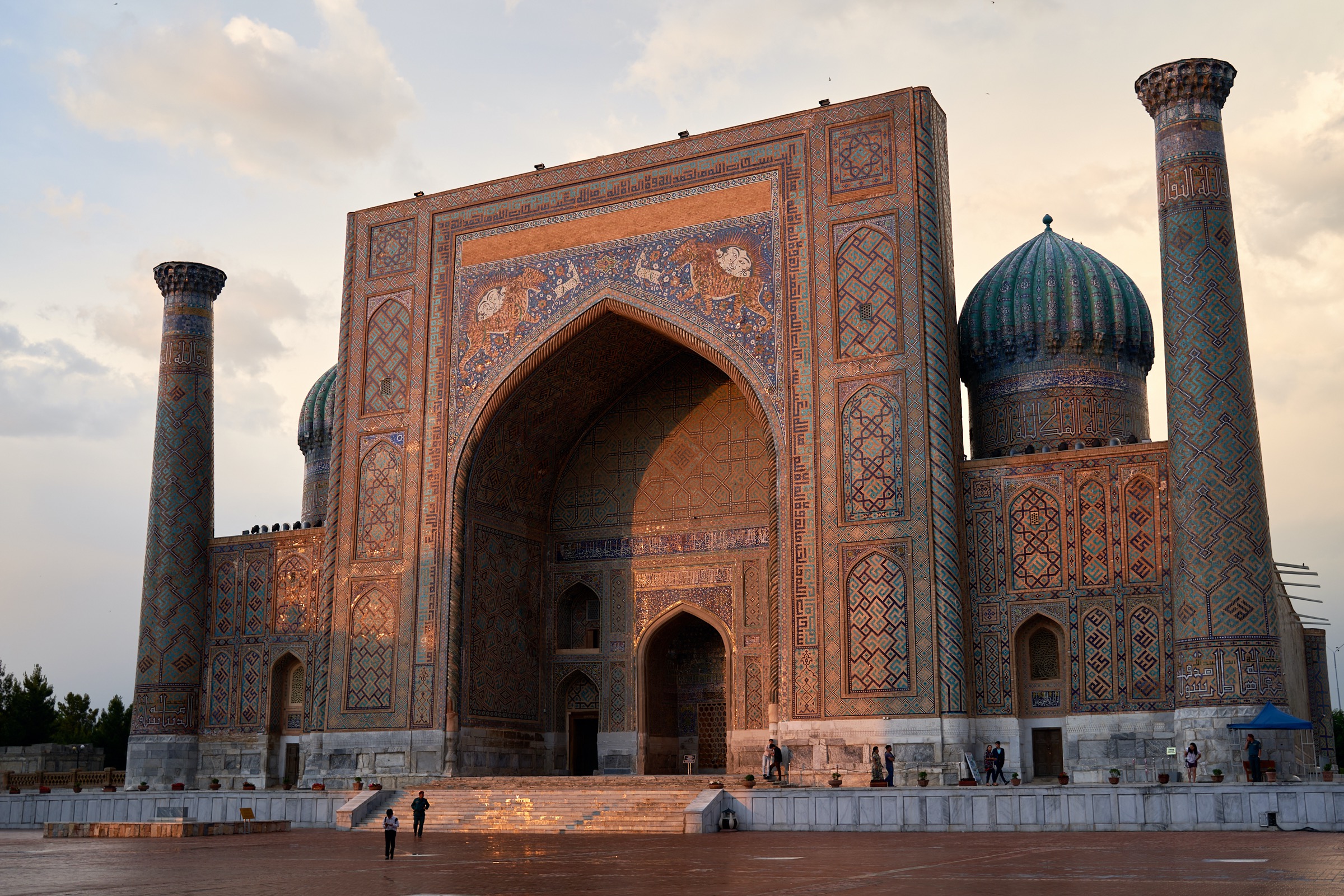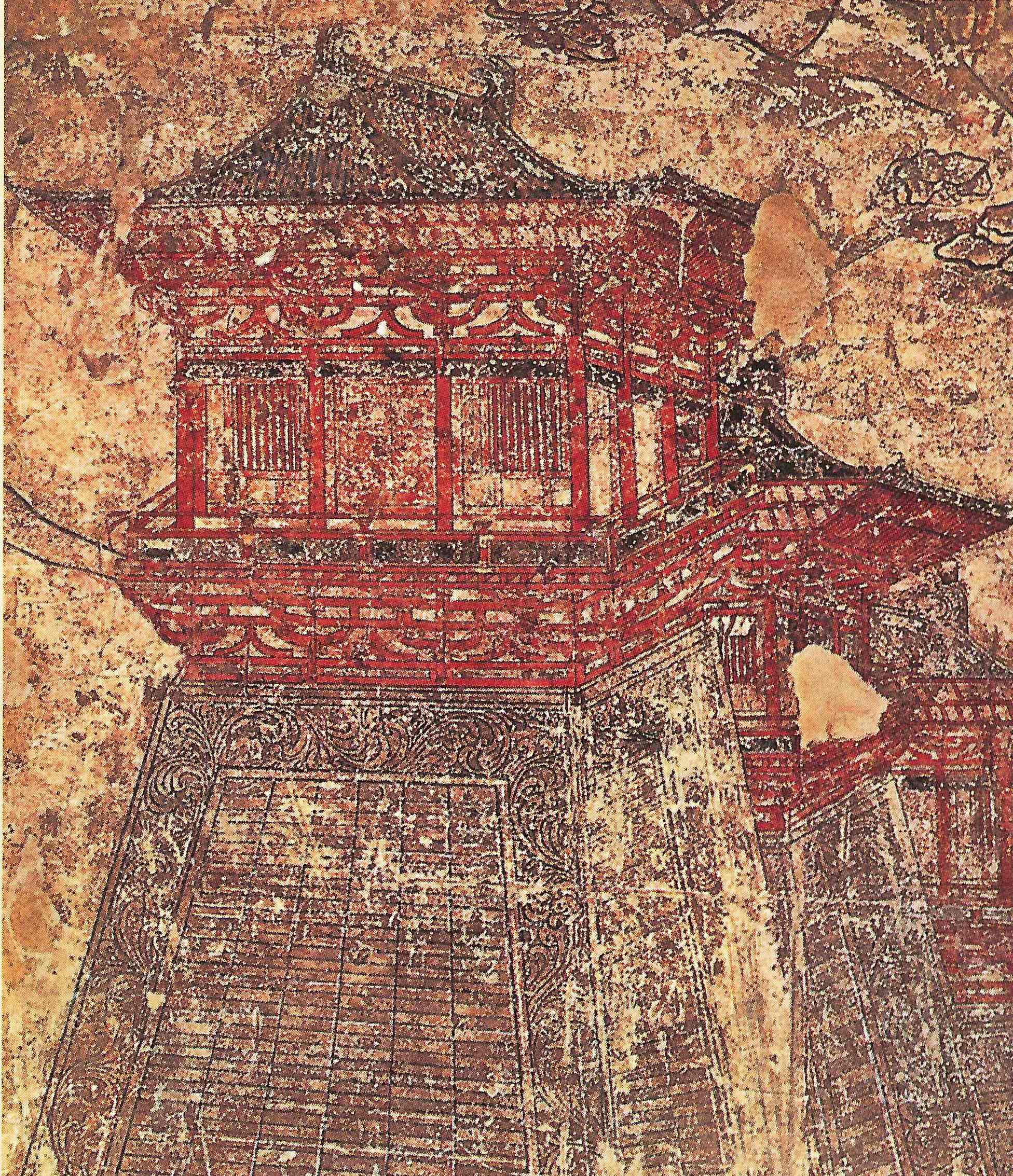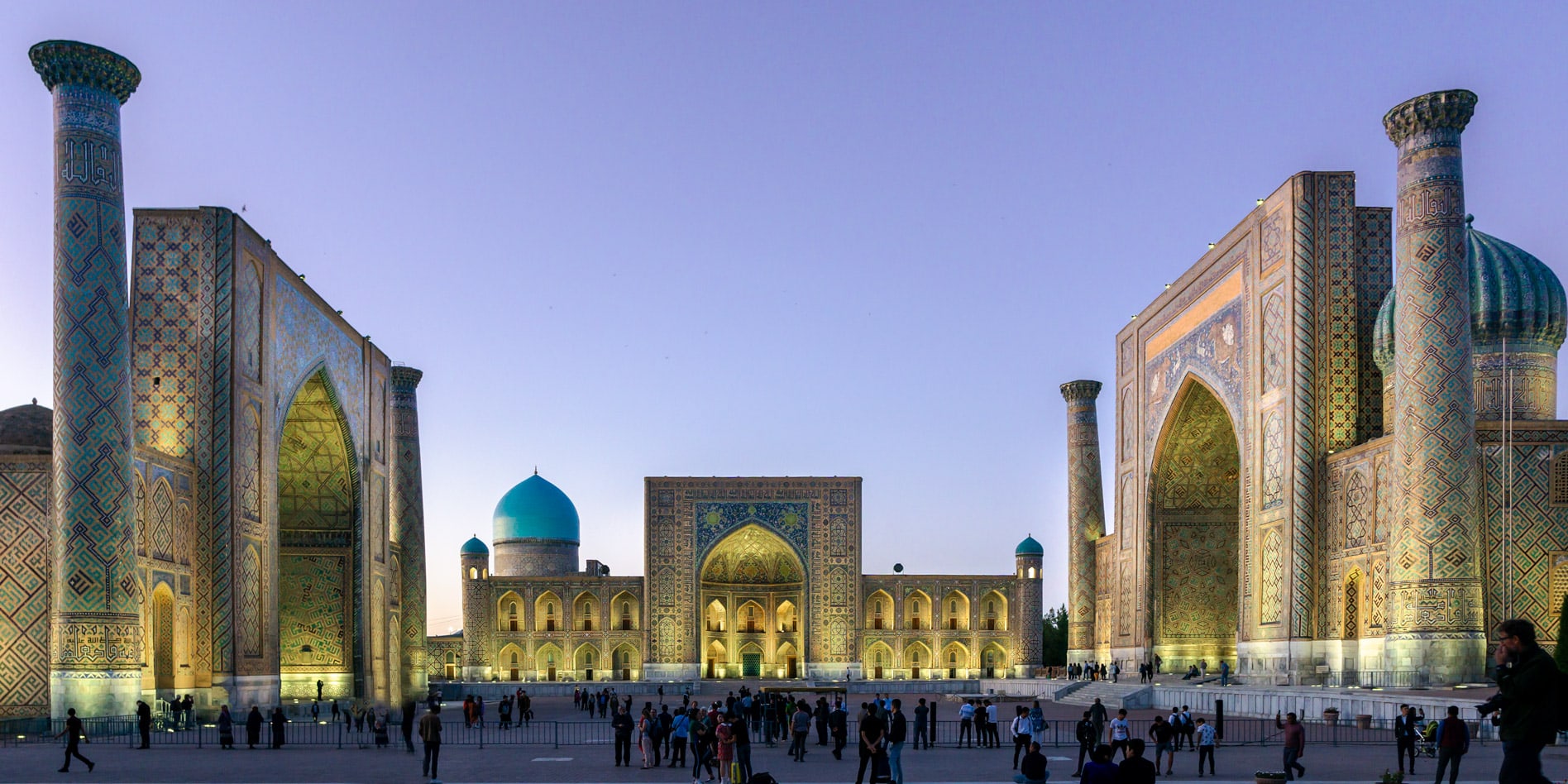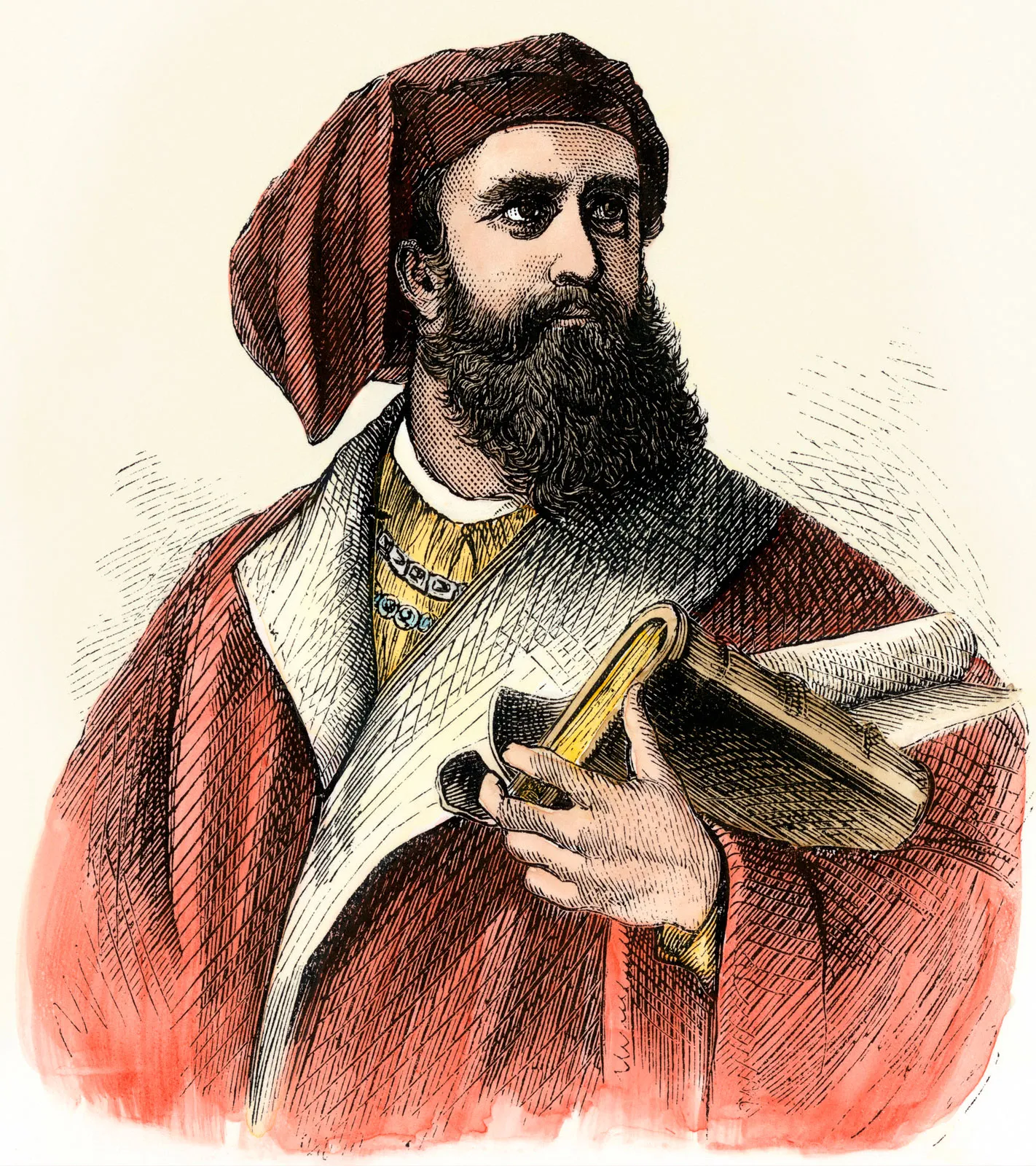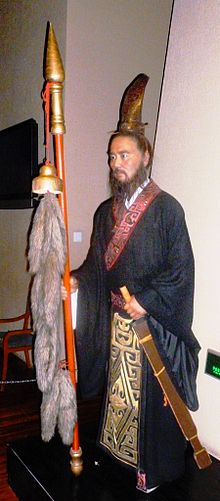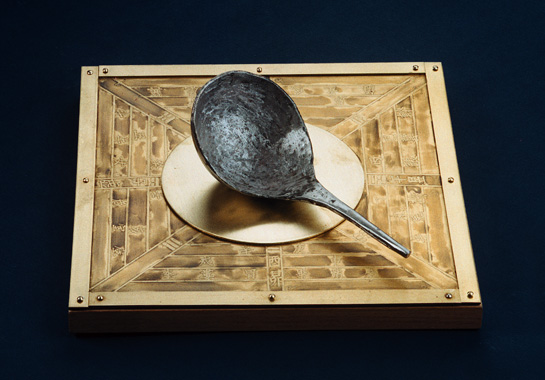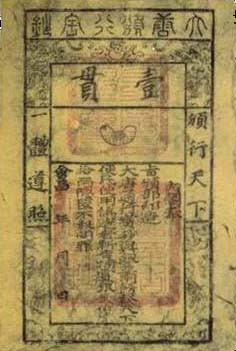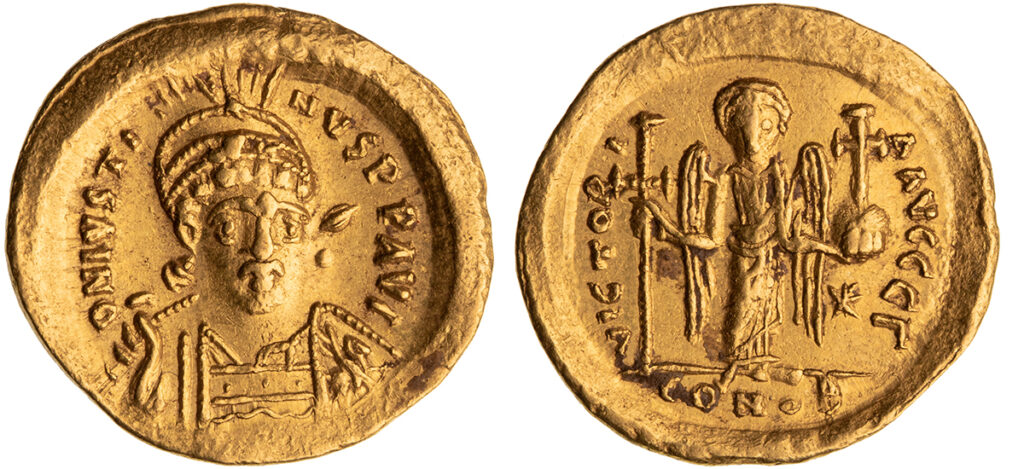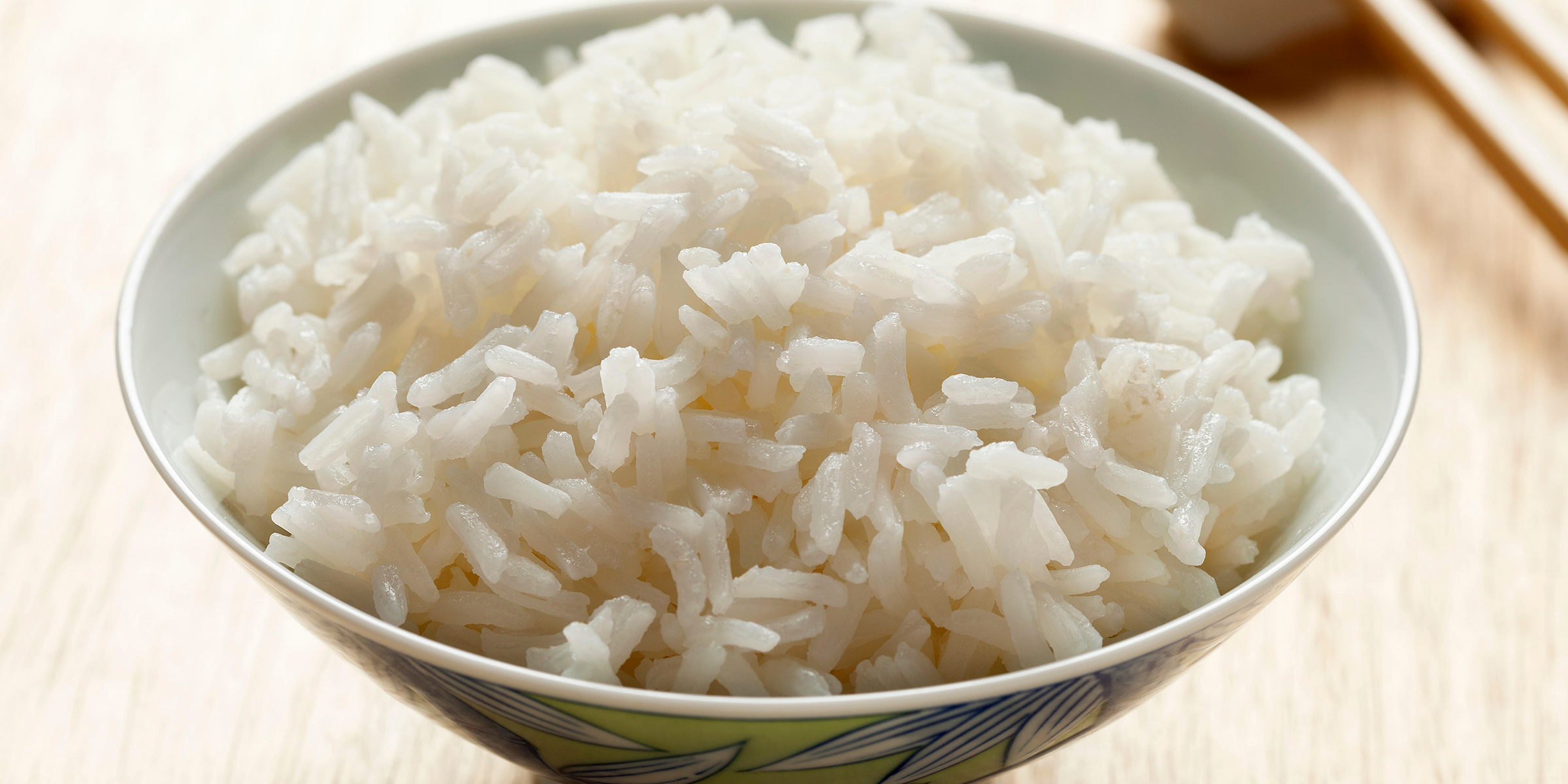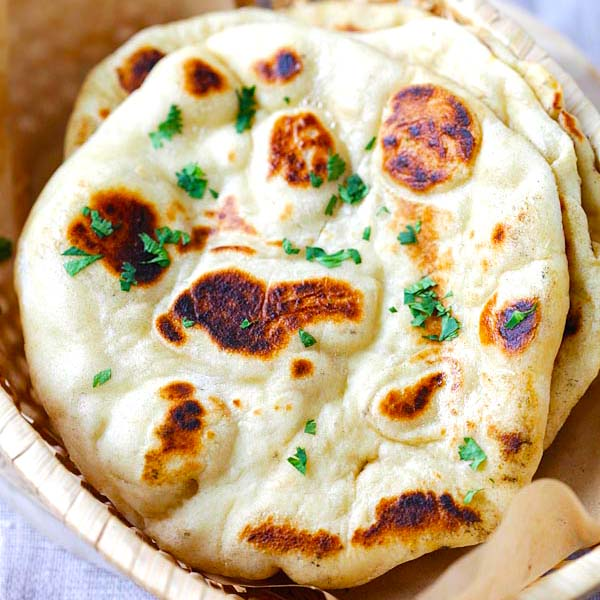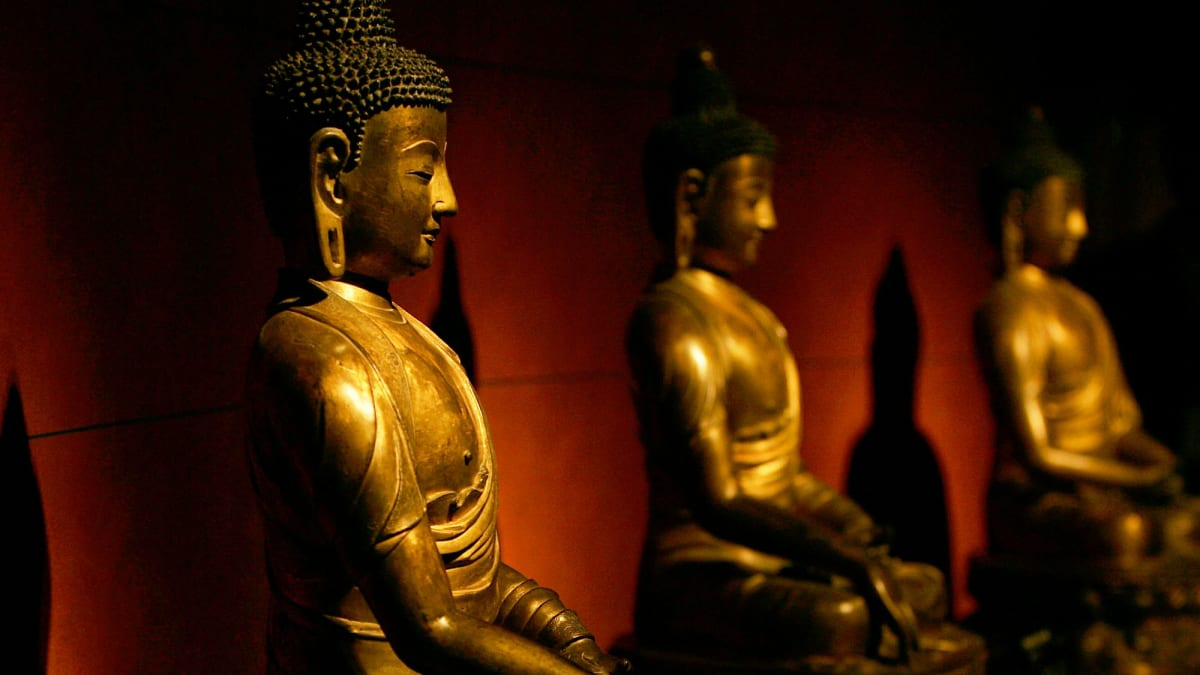Background Information
As implied in the name, the Silk Road traded a large quantity of silk and other luxury goods. Silk was discovered about 5,000 years ago. Later on, when silk was introduced to the Roman Empire, people considered it an extremely valuable commodity, which helped start the trade between the East and West. However, many consider the expedition of Zhang Qian (张骞) in 138 BC to be the foundation of the Silk Road. His expedition brought back vital information about Central Asia, which kickstarted the Silk Road. After his expedition, China then officially opened up trade with the West in 130 BC, and the rest went down in history.
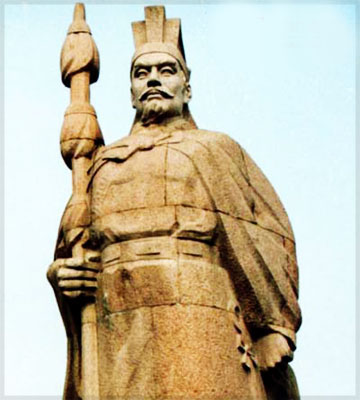
Major Cities
There were a lot of important cities during the time of the Silk Road. However, there are two very important ones: China's Xi-an, and present-day Uzbekistan's Samarkand.
Xi-an (西安)
Before Beijing, Xi-an was actually the capital of ancient China. During the Tang dynasty (唐朝), Xi-an became one of the most civilized cities in the world, with over 1 million inhabitants! That was a lot for a city back then. The capital facilitated trade with the West along the Silk Road, and provided a hub for traders and merchants to trade with each other.
Fun fact: Qin-Shi-Huang (秦始皇)' tomb is located in Xi-an, along with over 8,000 terracotta warriors to guard him in the afterlife!Samarkand
Located in present-day Uzbekistan in the Zeravshan River valley, Samarkand was an important city along the Silk Road, as it acted like a stopping point between China and the Mediterranean. The city became well known for craft production as well as scholarly studies. As a result, there are numerous magnificently decorated mosques all over the city. Samarkand was also a very active site of culture exchange. Religions from Christianity and Zoroastrianism to Buddhism and Islam were diffused in the city.
Fun fact: There are over 2,000 mosques in present-day Uzbekistan!
Famous Travelers
Besides traders and merchants travelling along the Silk Road, travelers also traveled along it. The most famous examples of those travelers are Marco Polo and Zhang Qian.
Marco Polo
Born in Venice, Italy in 1254, Marco Polo is perhaps the most well known Western traveler along the Silk Road. Beginning in 1271, he travelled along the Silk Road for 24 years until reaching Kublai Khan. During his visit to Hangzhou (杭州), he said that it was "the greatest city which may be found in this world". After his travels, he then served in Kublai Khan's court for 17 years and became an extremely close friend and advisor to him. When he returned, he wrote down detailed descriptions of the places he visited. His books included detailed information about religions, customs, trades, and ways of life of the Central and East Asians. Marco Polo died in 1324.
Zhang Qian (张骞)
Zhang Qian was a Chinese explorer that was key to China opening up trade to the West, which led to the start of the Silk Road. He was sent by China on several missions, including establishing relationships with Central Asian tribes. However, his most important expedition was gathering information about nearby empires, including Parthia and India. His information led China into being in contact with the outposts of Western civilization, which would ultimately lead to the Chinese opening up trade to the Westerners in 130 BC.
Innovations
The trade of goods across the Silk Road will inevitably lead to the development of new innovations. Among the developed innovations are the invention of gunpowder and the spreading of paper.
Gunpowder
Gunpowder spread along the Silk Road, particulary during the reign of Ghenghis Khan. The Mongols used it extensively in warfare, and it is one of the most important inventions in warfare because it opened up the possibilities of guns. Surprisingly though, gunpowder was first invented in the 800s by Chinese alchemists trying to discover the elixir of life. They discovered saltpeter, then later on combined it with charcoal and sulfur to make the explosive substance we know today. Gunpowder helped trade, as the Mongols traded it extensively to regions such as India.
Magnetic Compass
The compass was also an extremely important innovation that was spread through interaction of traders. The compass allowed the merchants to see what direction they were going, which improved sailors' navigational skills and allowed them to navigate faster and more reliably through terrain. The magnetic compass was also invented by the Chinese during the Han dynasty (汉朝).
Money and Currency
As time passed, bartering declined and travelers and merchants found themselves needing a form of intermediary currency to exchange their goods. Two forms of money transfer on the Silk Road are the Byzantine gold and silver coins, as well as the Flying Cash System.
Flying Cash System
The Flying Cash System allowed travelers to deposit and withdraw money from anywhere along the Silk Road via credit. A person could deposit paper moeny under their name in one location, then travel to a faraway place and withdraw the exact amount of money at another place. This made money more easy to move, especially heavy metal coins. Interestingly, the system was so convienient that it formed the basis for modern banking, and banking houses in Europe derived from it.
Byzantine Coinage
While not as influential as the Flying Cash System nowadays, Byzantine coinage was still important along the Silk Road, as the empire was a prominant player on the Silk Road. They used the silver drachm coin, as well as the gold solidus. Be sure to pack these coins while traveling along the trade route!
Food and Cuisine
Rice
Rice was a common food found along the Silk Road, especially in the East Asian portion of it. As well as being a carb, it is also traded a lot along the Silk Road, and can be found in many present-day countries due to trade. Rice was first cultivated near the Yangtze River (长江) nearly 10,000 years ago!
You can eat rice by combining it with various sauces and broths, including curry in India. You can also just eat it with a normal meal as a carbohydrate.Naan
Naan is a popular dish among Indians and Central Asians alike. It is a flatbread first originating in India that can have various toppings. While it originates from India, it spread to many other places, including Uzbekistan and Central Asia.
Naan is first cooked on either a clay oven or on an iron plate, then is offered on wooden carts, traditionally served with garlic, onion, and sesame on top.
Fun Facts
The Silk Road was actually severed in 1368 after the fall of the Mongols (Yuan dynasty, 元朝)
The Silk Road first originally traded silk for horses because the Han dynasty was at war with the Xiongnus (匈奴)
The Silk Road only got its name in the 1800s
Present-day China is currently trying to build a modern version of the Silk Road - the Belt and Road Initiative (一带一路)
The Silk Road provided a network to facilitate the growth of religions such as Buddhism to
become major world religions. Buddhism in particular gained a massive boost from the Silk
Road route, and Buddhist monks built temples and shrines all across it.
The Silk Road also spread architecture, music, and art to many different places, and also spreaded
knowledge to all cultures trading along the route.
Despite all the good, the Silk Road was also one of the major ways diseases such as the
Black Death. The Mongols in particular spread the plague, as the fleas transmitting the
disease latched onto their horses.
